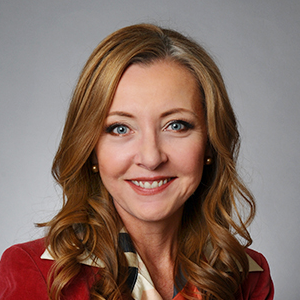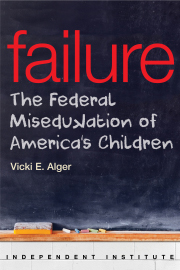The United States spends more on K-12 education than most countries. But it directs one of the smallest percentages of funding to classroom teachers, according to a new international report.
Education at a Glance, the annual report published by the Organization for Economic Cooperation and Development, finds that cumulative per-student spending by the United States on students ages six through 15 totals nearly $122,000, compared to the OECD average of $93,500. In fact, out of 34 countries with available data, only Norway, Austria, and Luxembourg spend more than the United States.
More interesting is where the money is going, and where it’s not going.
Just 54 percent of current American education spending, which excludes capital spending, is devoted to teacher compensation. Compare that to the OECD average of 63 percent. What’s more, 27 percent of that spending is for nonteaching staff compensation, “ more than any other country and almost double the OECD average of 15 percent,” according to the authors.
Nonteaching staff includes administrative and support personnel, such as administrators, supervisors, counselors, school psychologists, health personnel, librarians, building operations staff, and maintenance personnel.
Over the past 50 years, the ranks of nonteaching staff in American public-school systems have swelled. So much so that today teachers typically represent less than half of all staff, 49 percent, compared to 60 percent 50 years ago.
For perspective, the growth in the number of teachers since 1969 outpaced student enrollment growth by just over five to one, 56 percent, compared to 11 percent, respectively. But administrative growth outpaced student-enrollment growth over the same period by a whole order of magnitude more.
Support staff growth, at over 90 percent, outpaced student-enrollment growth by more than eight to one. The numbers of guidance counselors, principals, assistant principals, and administrators more than doubled, outpacing student-enrollment growth by more than nine to one. Meanwhile, the number of instruction coordinators grew 177 percent, nearly 17 times faster than student enrollment growth.
Do you think those administrative growth rates are high? They don’t even come close to the stratospheric growth in the number of instructional aides. Unlike classroom volunteers, instructional aides are paid staff members assigned to teachers to help with routine activities such as classroom monitoring and conducting rote exercises.
Since 1969, their numbers have increased 1,231 percent—115 times higher than student-enrollment growth. Yet seven out of 10 public-school teachers still report that routine duties and paperwork interfere with their primary job of teaching.
Making matters worse, hundreds of billions of dollars that we could be spending on teacher salaries is going to administrative staff instead. Had the growth in administration simply matched student-enrollment growth starting in fiscal year 1992, public schools would have saved enough money to give every teacher a permanent raise of more than $11,000.
It is worth remembering that one of the primary reasons for establishing the U.S. Department of Education in 1979 was to improve administrative streamlining and provide expert leadership. While the department has recently rolled back hundreds of regulations, the decades-long pattern of public-school systems’ prioritizing administration over teaching will likely continue unabated, at least until we put parents in charge of their children’s education funding.
“Education spending will be most effective if it relies on parental choice and private initiative—the building blocks of success throughout our society,” as Nobel Prize-winning economist Milton Friedman said over 15 years ago.
Evidence suggests that student achievement and teacher salaries are higher when parents—not bureaucrats—control where and how their children are educated. In fact, several analyses have found that student performance is higher in countries where schools must compete for students because of parental choice programs.
Want better pay for teachers and higher student achievement? Then put parents, the real education experts, back in charge.









